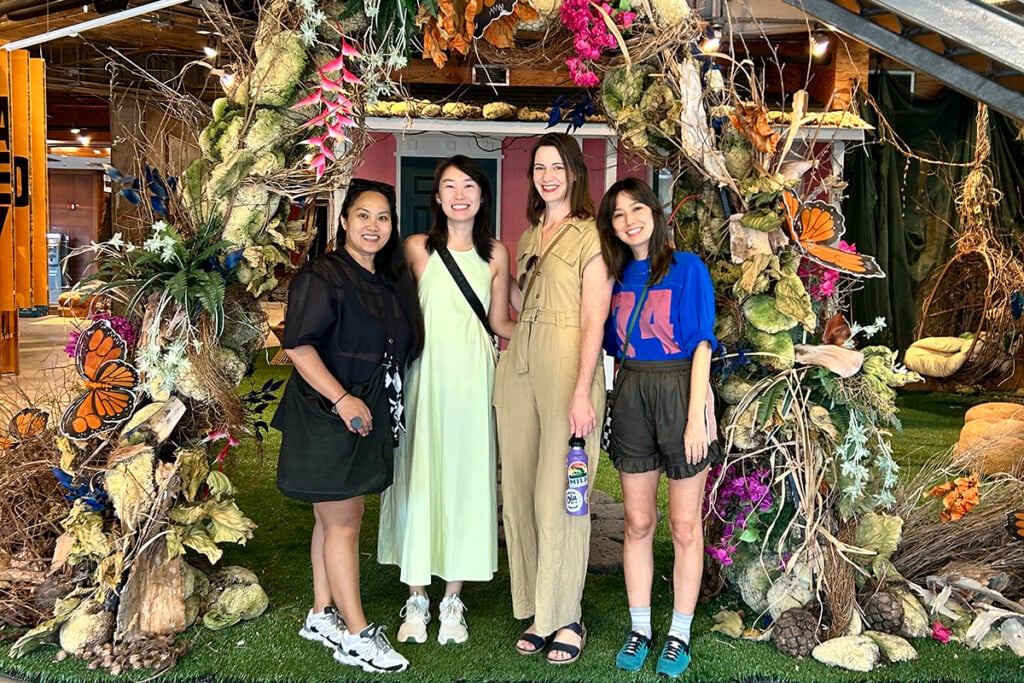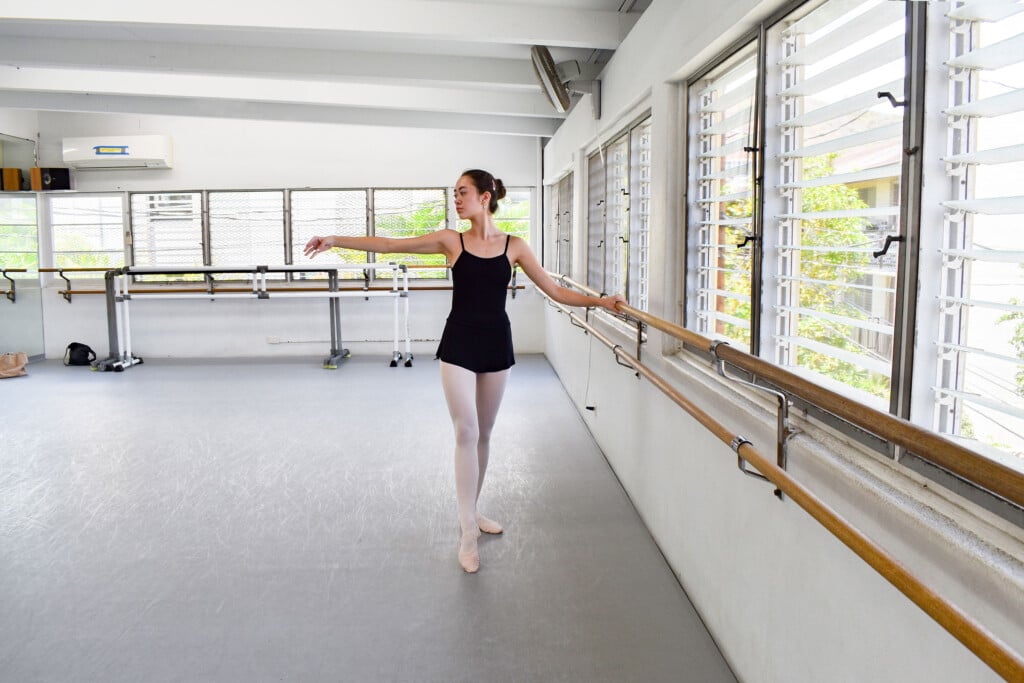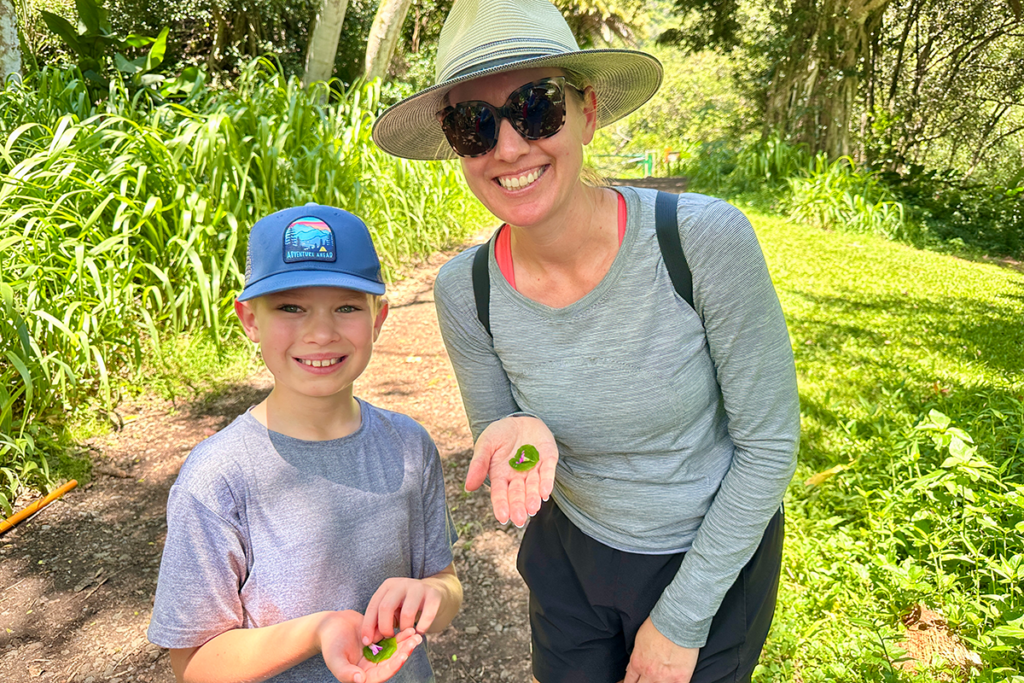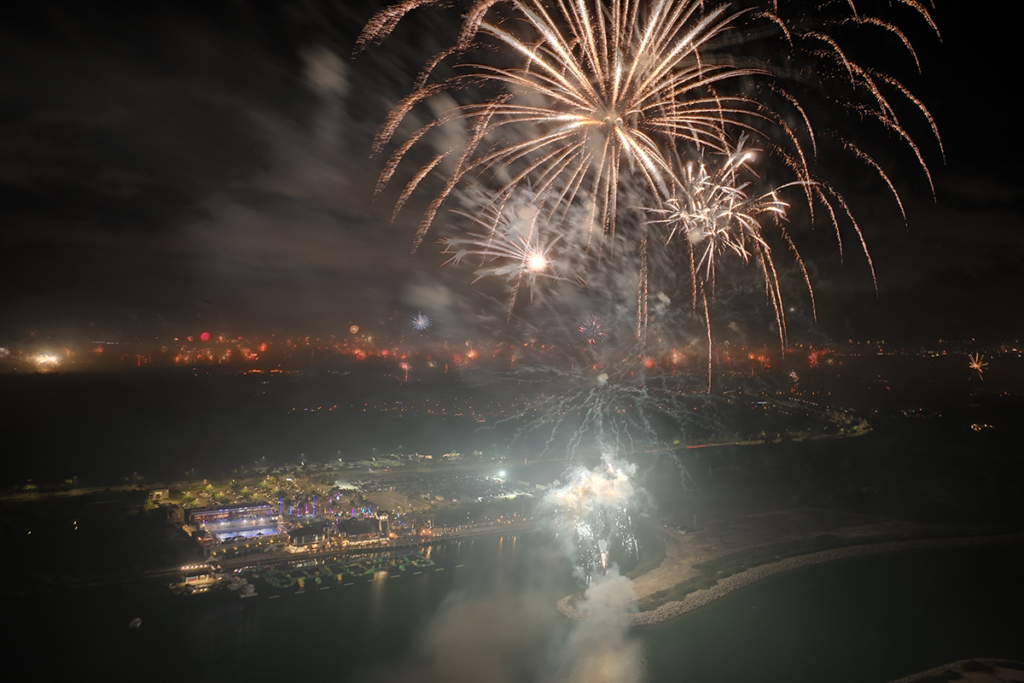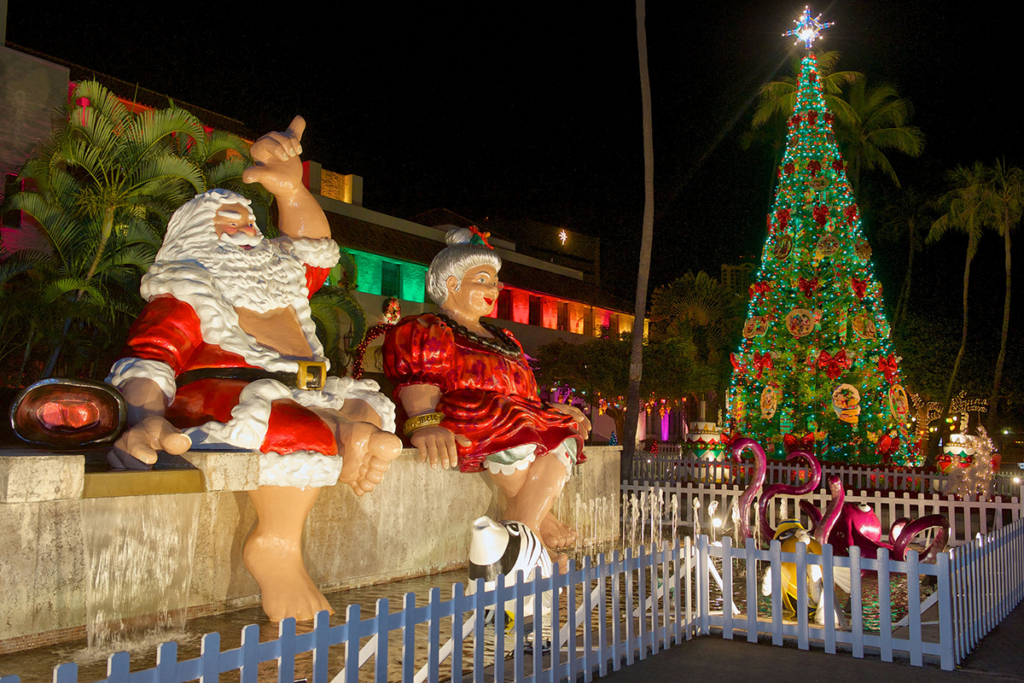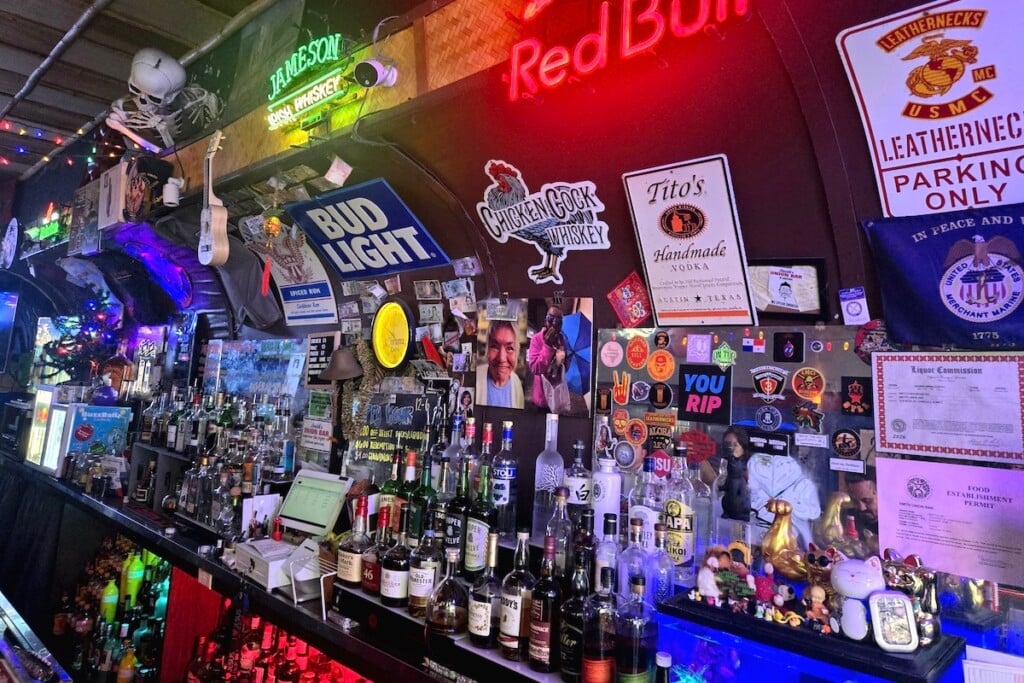We Tried It: Urban Foraging With Dr. Nat Bletter
Snack your way through Honolulu’s forests on this guided foraging botany tour.
What: A three-hour educational foraging expedition for edible plants
Who: Great for nature enthusiasts and foodies
Where: Various jungles and shorelines on O‘ahu
When: The third Sunday of every month
Cost: $40

Photo: Laura Dornbush
When I first heard about Dr. Nat Bletter’s foraging tours in HONOLULU’s “Amazing Things to Do” list, I knew I had to try it with my mom. As a nature lover, health food fan and Girl Scout-at-heart, she has passed down many of these passions to me too. We were excited to learn about medicinal plants, eat wild greens and soak in knowledge about Hawai‘i’s flora and fauna.
The surprise twist was that the men in our lives wanted to come too—for different reasons. My dad and husband, fine-dining aficionados and foodies, have been hearing the buzzword “foraging” come up lately in chef’s prix fixe menus and the pages of Food & Wine. They wanted to find out what the hype was all about. Then there’s my 8-year-old son Duke who has FOMO (fear of missing out), so is up for almost any adventure.
SEE ALSO: We Tried It: Fishing at Ho‘omaluhia Botanical Garden
The day before the tour, we received a text from Dr. Bletter divulging the site of this month’s walkabout. He chooses various spots in the jungles, forests and coastlines of O‘ahu. The anticipation of not knowing made it feel exclusive, like waiting for the location of a speakeasy or an invite-only party. Our trek was set for a forest in central Honolulu. I was skeptical about how many edible plants we’d actually find so close to the city.

Photo: Laura Dornbush
We met up with the rest of the tour group, fourteen of us in all, a mix of locals and visitors, singles and families. Dr. Bletter introduced himself and shared about his impressive education and experience in botany spanning 30 years. Fun fact: He is also the proprietor and chocolate maker of Madre Chocolate.

Dr. Nat Bletter. Photo: Laura Dornbush
After a thorough safety briefing, we all agreed to follow the “Nat Says” rule and only eat plants that he okays first since there are many toxic look-a-likes. Dr. Bletter also explained why he loves eating slow off the land and teaching others to forage:
- Plants are free medicine
- Being around soil makes you happy (a bacteria in dirt can cause a surge in dopamine levels)
- Eating diverse plants can increase your immunity
- It’s great exercise
Dr. Bletter specifically focuses on foraging non-native species. In his words, “Let’s eat the invasives out of existence!”

Haole Koa tree seed pod. Photo: Laura Dornbush
Our first “victim” was a Haole Koa tree. Dr. Bletter harvested a branch wielding leaves, seed pods and flower buds. First, we ate the raw seeds, which reminded me of edamame. Then Dr. Bletter served up several concoctions he made at home: the flower buds cooked and pickled into “capers,” whole pods crisped like kale chips and a hummus made from the seeds.

Haole Koa tree bud “capers.” Photo: Laura Dornbush
Deeper in the forest along the trail, Dr. Bletter gathered some Maile Pilau for us to taste. We were blown away by how much it smelled and tasted like kim chee and immediately understood why its nickname is Stink Vine. To cleanse our palates, we tried the petite purple flowers from a Sour Grass plant, which kind of tasted like Sweet Tarts candy.
Everyone in the group eagerly snacked on the samples, commenting on the flavors and textures. Our family had never eaten, let alone heard of most of these plants, so I was particularly proud of my son Duke for trying everything that Dr. Bletter presented, asking questions and staying engaged. I wish the same happened at our dinner table at home!

Photo: Laura Dornbush
As we moved from plant to plant, we started a communal collection bag of ingredients that would be transformed into a family-style salad at the end of the tour. We all shared the responsibility of picking, pulling and harvesting materials, everything from vines and leaves to flowers and kukui nuts.
We stumbled across some medicinal plants too. Dr. Bletter continued to amaze us with his overflowing knowledge. Honohono Grass (a.k.a. Common Day Flower) is used as eye drops, Common Morning Glory can act as a cancer treatment and Chinese Violet helps with asthma.

Peaceful Pesto from the Gunpowder plant. Photo: Laura Dornbush
Additionally, we found a Gunpowder plant that contains THC. Yes, the same compound found in cannabis. Dr. Bletter makes a tincture out of it to help him fall asleep. However, for this tour, he brought a homemade “Peaceful Pesto” made from the plant. I thought it tasted great—very herbal—but didn’t feel any relaxation effects myself.
By the end of the tour, we had only made it about a quarter of a mile down the trail. The “hike” wasn’t strenuous at all since we stopped every few feet to inspect a different species. I was shocked that so many edible plants were right under my nose in the heart of Honolulu. In fact, there was so much to see and taste that the tour ended up lasting four hours instead of three. Dr. Bletter had so much interesting information that I bet we could have even gone on longer!

Photo: Laura Dornbush
We made our way back to the starting point, gathered around a picnic table and worked together to assemble a salad from the ingredients we had collected on plates of heliconia leaves. It was hearty, earthy and unlike any salad you can buy at the grocery store. The icing on top was Dr. Bletter’s special honey mustard vinaigrette with cacao nibs (from Madre Chocolate), tahini and miso. Delicious!
With full bellies, we drove home with fresh knowledge and a new appreciation for what Mother Nature provides. The experience has forever changed how we will hike, explore our backyards and order at restaurants. Now, we’ll always be on the lookout for an invasive species snack.

Photo: Laura Dornbush
Tips
- Tour locations rotate each month. If you’d prefer to forage in the wetter forests, book on an odd month (September, November, etc.). For a drier shoreline excursion, choose an even month (August, October, etc.).
- Bring a hat, sunscreen and water. You’ll also want to apply mosquito repellent or borrow the homemade spray that Dr. Bletter makes out of ‘ulu (breadfruit) flowers.
- Dr. Bletter recommends the iNaturalist app to identify plants while foraging.
- Always rinse plants before eating them to protect yourself from Rat Lungworm Disease.
- Be extra cautious with mushrooms because there is higher risk of sickness or death if you eat the wrong one.
nattybynature.net, @nattybynature808
SEE ALSO: 8 Amazing Things to Do With Kids
Laura Dornbush is a regular contributor to HONOLULU Magazine.
